Amputations involve the loss of all or part of an extremity. Extremities include the arms, legs, hands, feet, fingers, and toes. There are approximately 2 million individuals nationwide who are living with an amputation.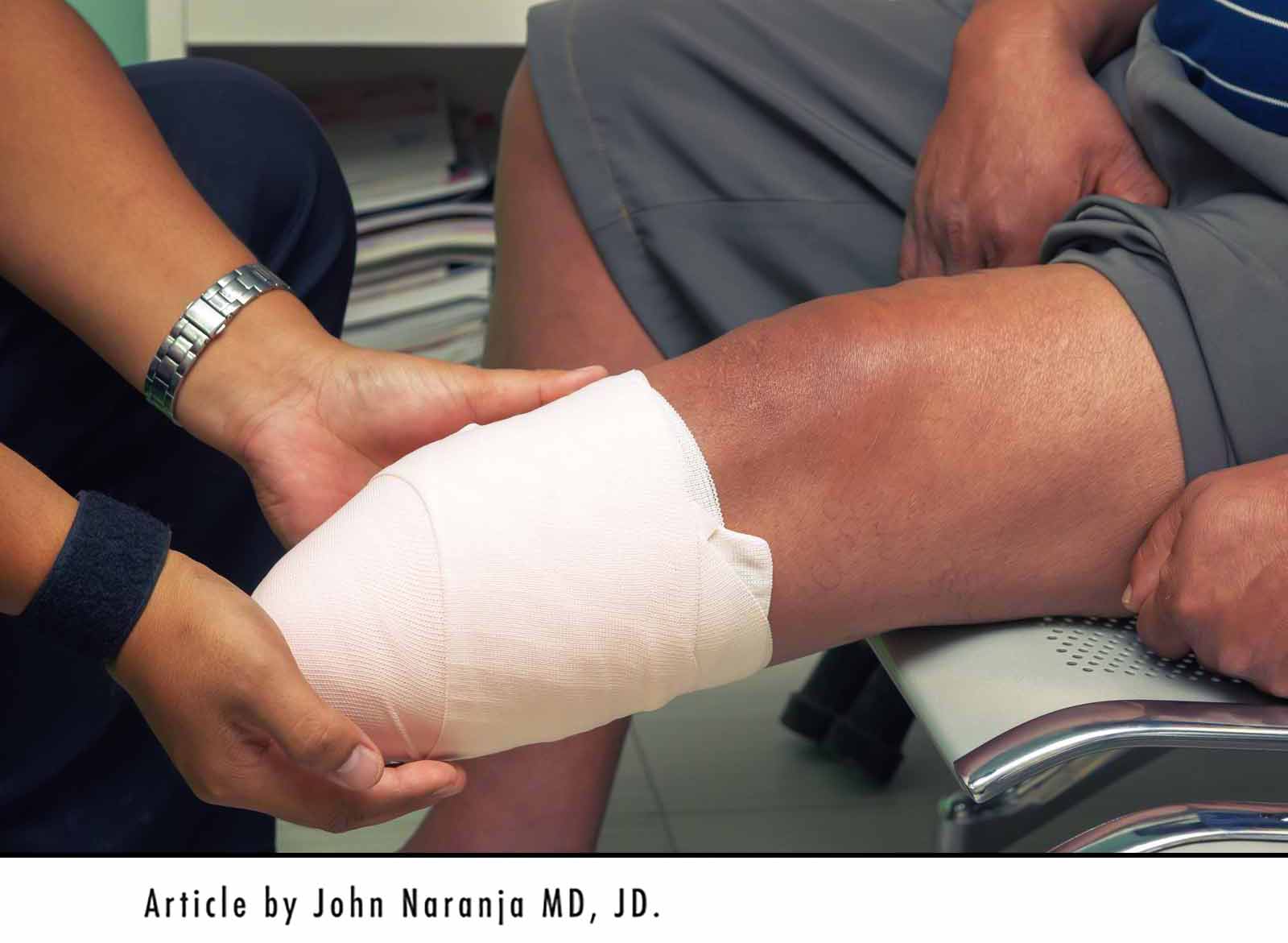
For many amputees, one option to assisting in restoring function is the use of a prosthesis. A prosthesis is an artificial device that replaces or assists a missing body part. The general public is likely most familiar with the types of prosthesis used for an upper or lower limb. These can be manufactured to accommodate differing levels of amputation. For example, in the upper extremity, levels have been recognized as extending from the forequarter, shoulder, transhumeral, elbow, transradial, wrist, hand, and finger.
Similarly, in the lower extremity, levels are recognized as a hemipelvectomy, hip, transfemoral (also known as above- knee), knee, transtibial (also known as below knee), ankle (also known as Syme), foot, and toe. The most common amputation procedure is the below-knee or transtibial amputation. The levels correspond with the anatomy where the amputation was performed.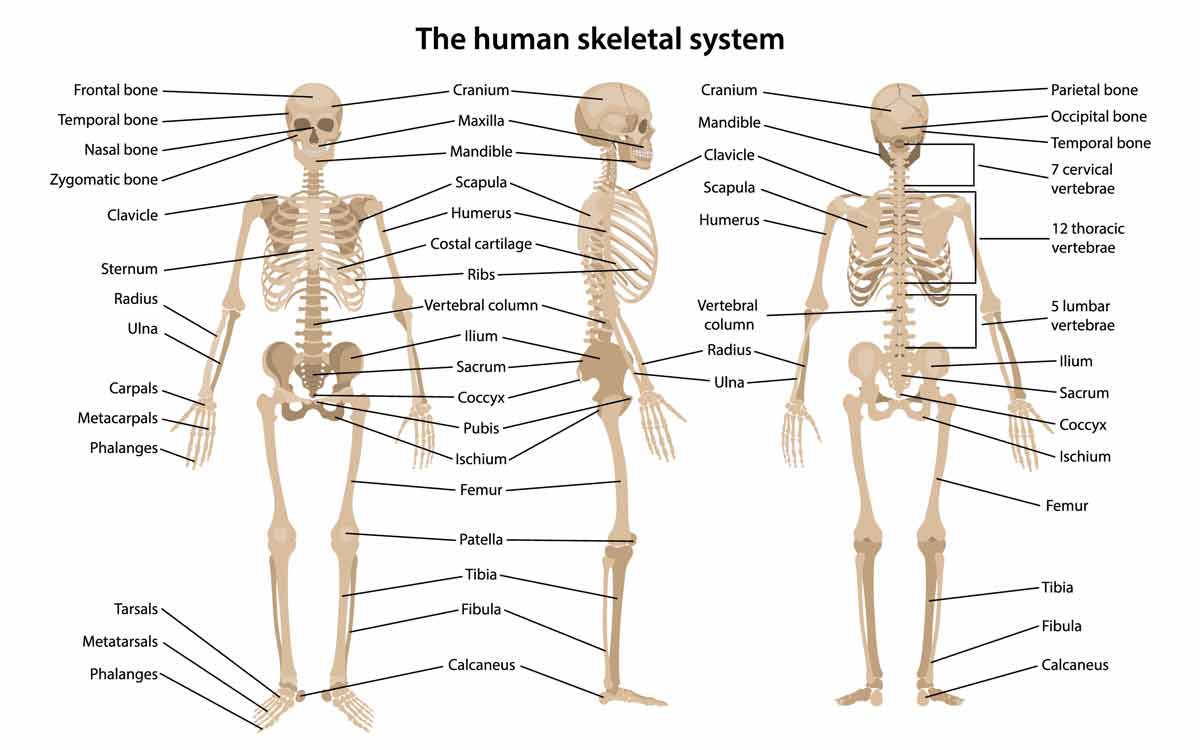
Upper limb prostheses are further categorized as passive devices, body-powered devices, and myoelectric or artificially powered devices. Passive devices are mainly for cosmetic purposes (although they can perform some pulling and grasping functions). Studies indicate that passive prosthetic use ranges from 13 to 64% of upper limb amputees. Users of passive prostheses rank appearance and comfort as important factors in their selection of this type of device.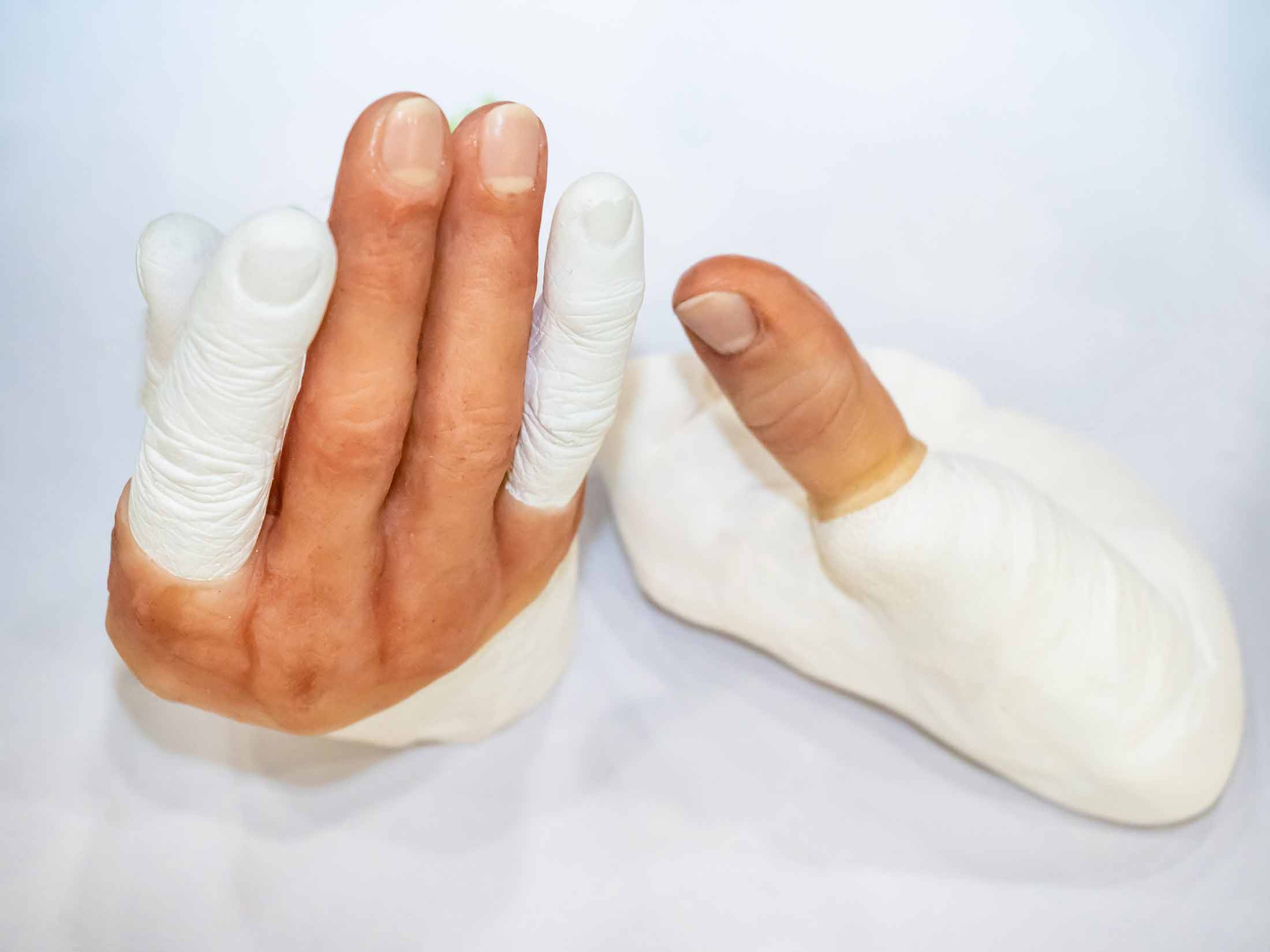
Body powered verses electric prostheses
Body powered prostheses operate by using other parts of the body to move the prosthesis via a system of harnesses and cables. Movement of the other parts of the body permits movement of the prosthesis. These devices are more affordable and commonly used where durability and task specificity are a concern.
Myoelectric prostheses are externally powered devices. These devices use electronic sensors of muscle activity that convert muscle contractions to movement of the prosthesis. These prostheses, however, can be expensive and heavy in weight because of its motor and battery components.
Because a lower extremity prosthesis will be relied on to bear weight, the elements that require consideration in manufacturing these devices relate to the type of activity desired.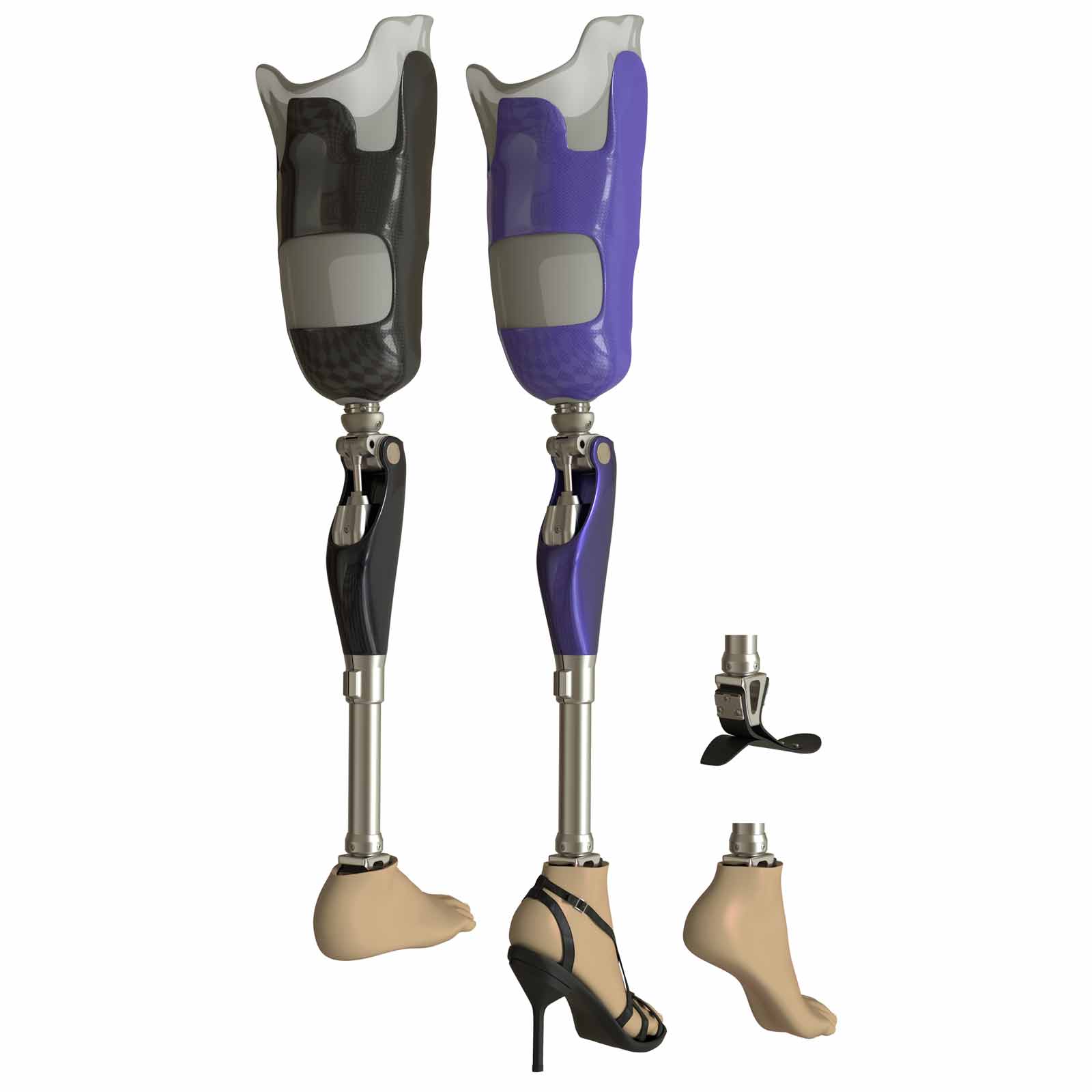
The first element to consider is the socket. The socket is the interface between the terminal end of the amputated limb and the prosthesis. The socket must allow for comfort as well as terminal skin protection. The shank is the part of the prosthesis that creates distance between the amputated part and the foot. These may be modular, meaning it is made up of different parts, or non-modular.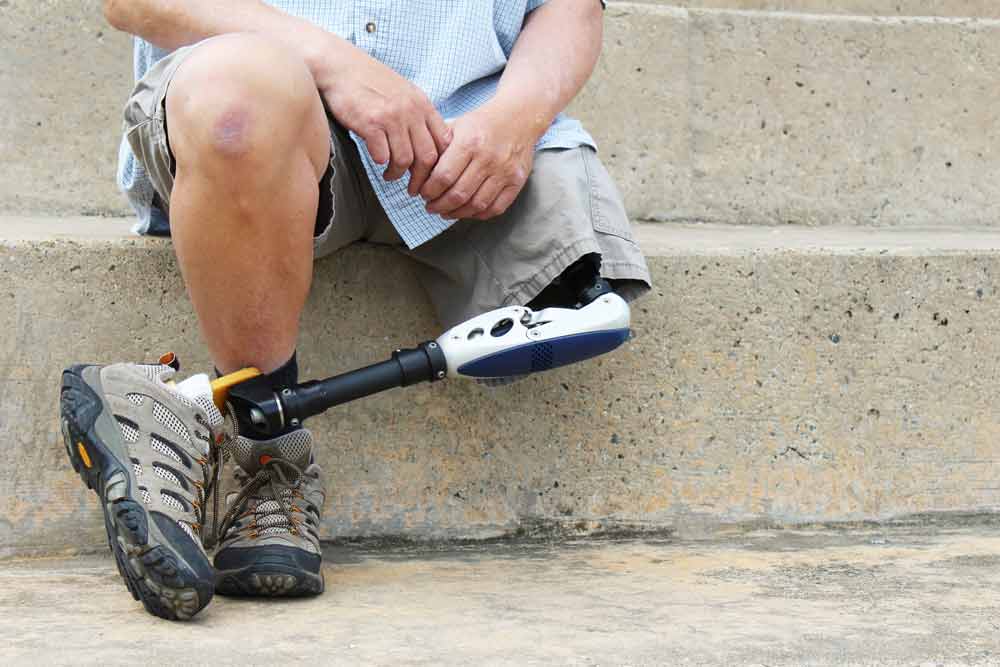
The foot is the final component that requires shock absorption and stability as its most important properties. Taken together, these components may be modified based on the needs and goals of the amputee. For example, for those individuals who wish to run on their prosthesis, carbon fiber prostheses that are C- or J-shaped allow for more efficient release and storage of energy during the running activity.
Alternatively, there are prosthetics that allow swimming where a flipper foot attachment is available.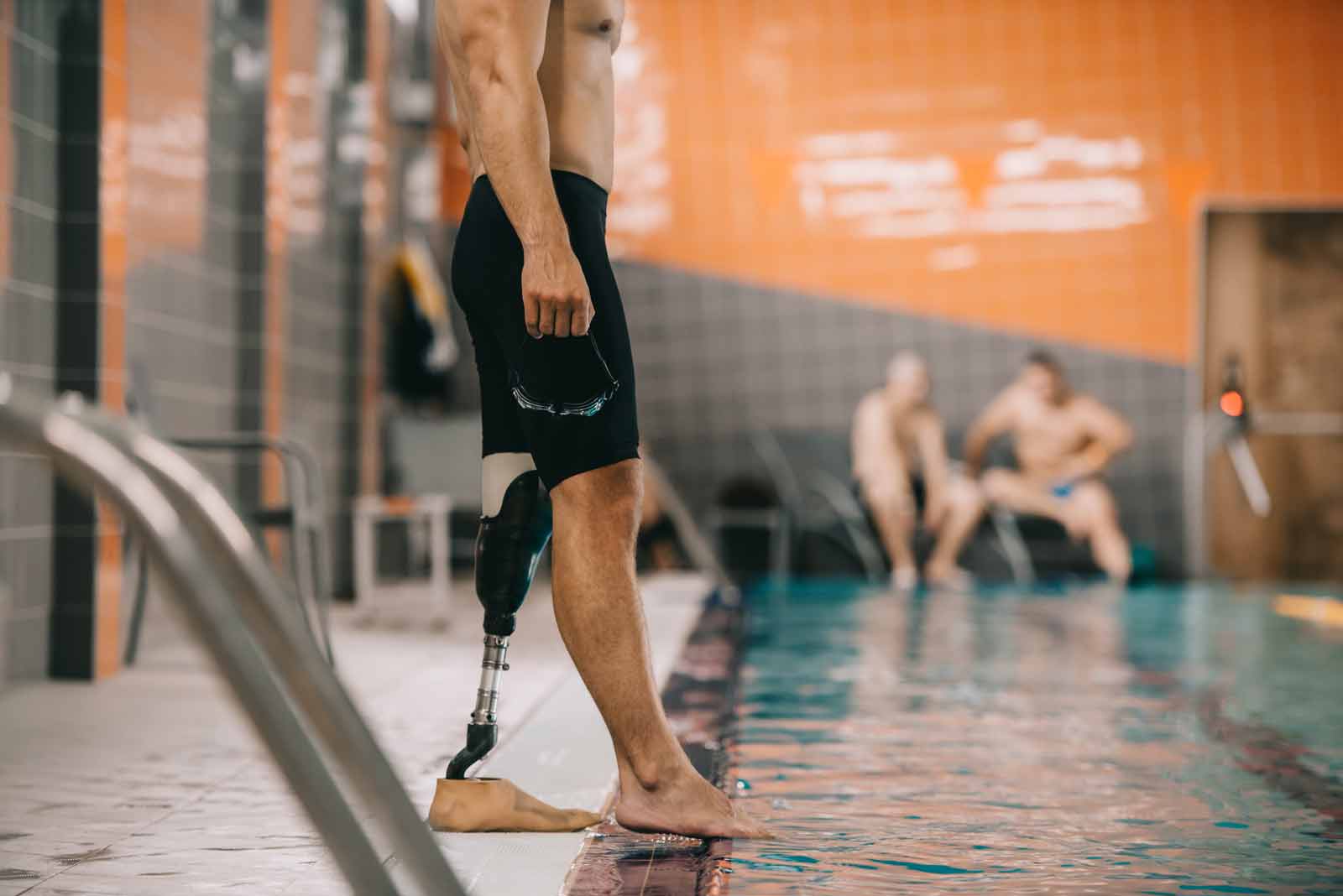
And the list goes on…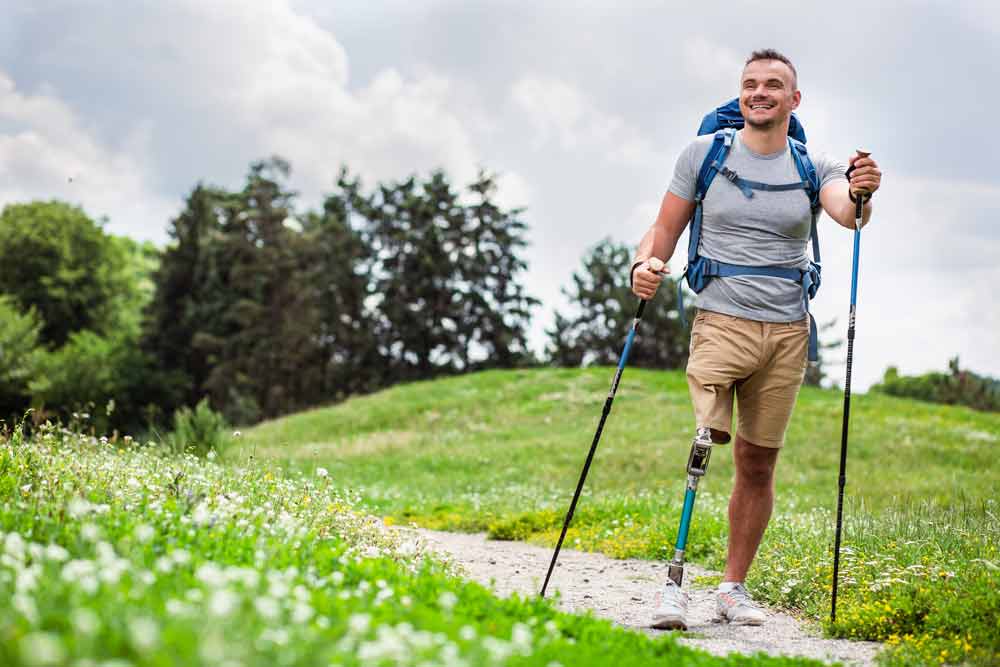

Prostheses and their continued development have allowed many amputees to resume activities that were not possible in the not-too-distant past. More importantly, the unique feature of prostheses can be matched to the needs of the individual. For more information on amputations in general, see Ask Dr. John, Esq.: Amputations.
Dr. John, Esq. is both an attorney and a physician. Before obtaining his law degree, Dr. John Naranja practiced for approximately 12 years as an orthopedic surgeon.
